1. West Baltimore, Maryland
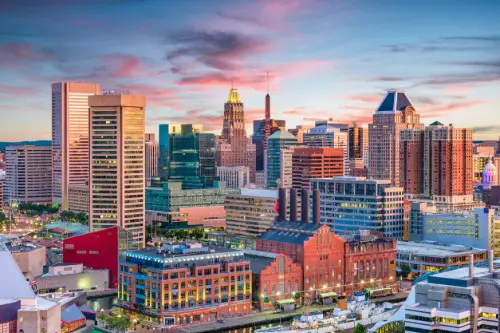
West Baltimore is a neighborhood that has been plagued by crime and poverty, but now, things are beginning to look up. New community-led programs and major public and private investments are starting to make a tangible difference, Streets of Baltimore explains. The revitalization of areas like Sandtown-Winchester, once considered the heart of urban decay, is seeing fresh developments in housing and businesses. What’s really helping is a combination of grassroots activism and initiatives that aim to tackle systemic issues.
Local groups are working alongside developers to ensure that progress benefits current residents. New affordable housing projects are providing a much-needed boost, and schools in the area are receiving much more attention. Plus, businesses and tech startups are slowly starting to see the potential in the neighborhood. The wave of investment is small but steady, offering hope for West Baltimore’s future.
2. Detroit, Michigan
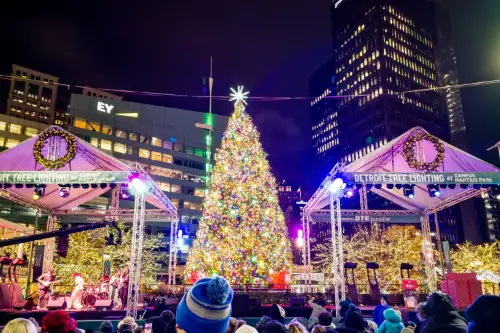
Detroit has long been known for its economic struggles, but the city is on the verge of a major transformation. Neighborhoods like Midtown and Corktown are seeing new investments, with hip restaurants, new retail, and young professionals moving in, according to The Guardian. What’s driving the change? A massive influx of tech companies and urban renewal projects are breathing life back into once-forgotten parts of the city.
Despite the progress, some areas are still grappling with deep-rooted poverty. However, efforts to bring people back downtown through improved public transport and a focus on tech development are creating opportunities. Once-abandoned buildings are being converted into lofts and office spaces, making these neighborhoods more attractive to newcomers. With the right investments, Detroit’s story of comeback is one to keep an eye on.
3. Austin, Texas
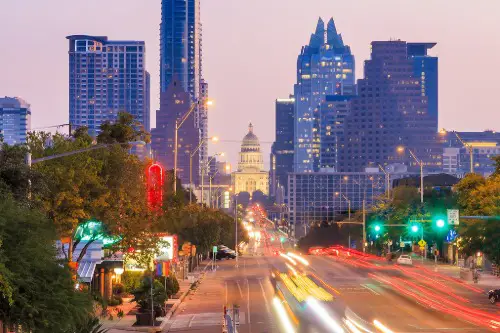
Austin’s transformation over the past few years has been nothing short of remarkable, according to AustinTexas.gov. The city’s tech boom, driven by the likes of companies such as Tesla and Oracle, has made neighborhoods like East Austin increasingly desirable. What was once a predominantly Latino area is now experiencing rapid gentrification as young professionals flood in, pushing up property values. The influx of tech talent has also brought along a vibrant culture of innovation and creative entrepreneurship.
While the tech-driven growth is exciting, it comes with some challenges, particularly for long-time residents. Rising rents have caused some displacement, and local businesses are finding it harder to keep up. However, the city is making efforts to preserve its unique culture, especially in areas like South Congress and Rainey Street. Austin is in the midst of balancing its identity as a laid-back music capital and a booming tech hub.
4. New Orleans, Louisiana
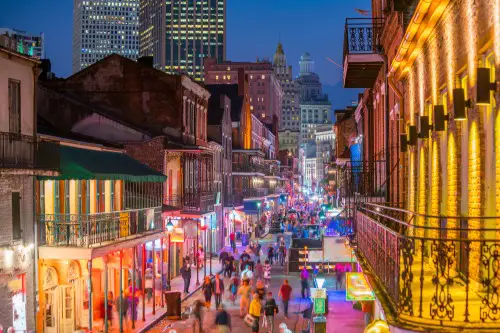
New Orleans has always been a city rich in culture, but recent years have brought about significant changes to some of its historically underserved neighborhoods, Tulane University explains. The Lower Ninth Ward, which suffered heavily during Hurricane Katrina, is seeing rebuilding efforts that combine historical preservation with new, modern developments. Investments in infrastructure and public services are helping to improve the quality of life in these communities. In addition to rebuilding homes, there’s a push for sustainable urban farming and green spaces.
The story of New Orleans’ revival is complex, as the city faces pressures from both gentrification and displacement. Artists and young professionals are flocking to areas like the Bywater and Marigny, which were once working-class communities. Though the creative class brings a new energy, it’s raising concerns about preserving the city’s long-standing Creole and African American culture. However, these changes are slowly helping the city grow in ways that balance tradition with progress.
5. Los Angeles, California
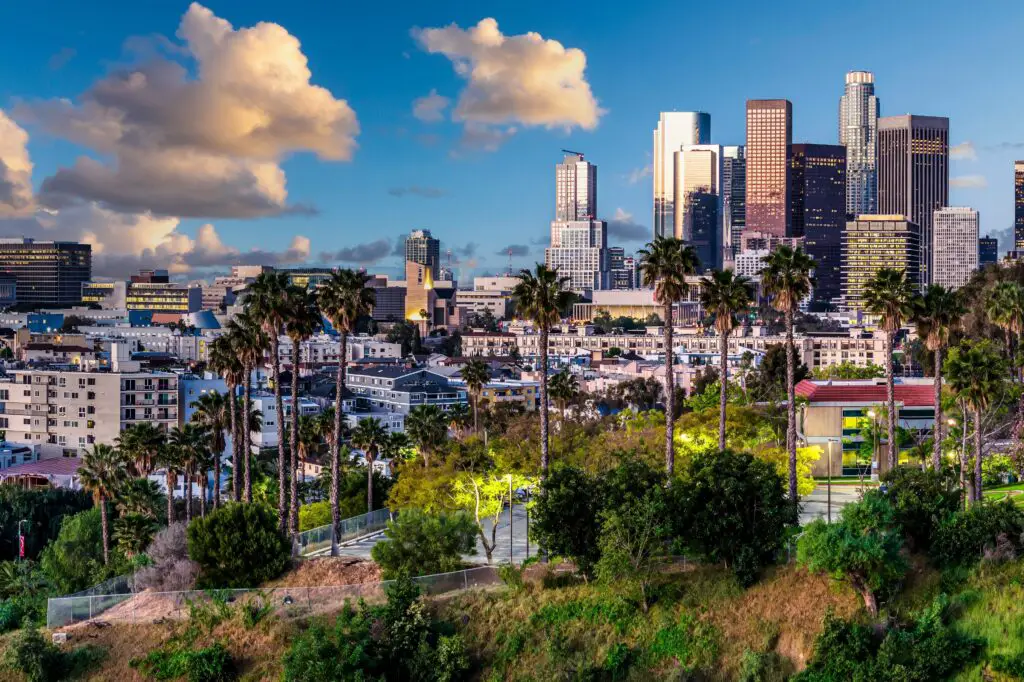
Los Angeles is a city of constant change, but the transformation of neighborhoods like Boyle Heights and Inglewood is particularly significant. Historically, these areas have been home to working-class Latino families, but rapid development is now sweeping through, bringing new residents and businesses. The Los Angeles Rams’ stadium, SoFi, in Inglewood is a prime example of the kinds of projects that are reshaping the community. Alongside new residential buildings, upscale shops and restaurants are emerging.
The challenge in these neighborhoods is ensuring that long-time residents aren’t pushed out by the rising cost of living. Renters and homeowners are finding it increasingly difficult to stay in their homes as property values soar. The question of equity and how to ensure the benefits of development reach everyone is a hot topic. Still, the energy of change in LA’s neighborhoods is undeniable, making it a city to watch in the coming years.
6. Columbus, Ohio
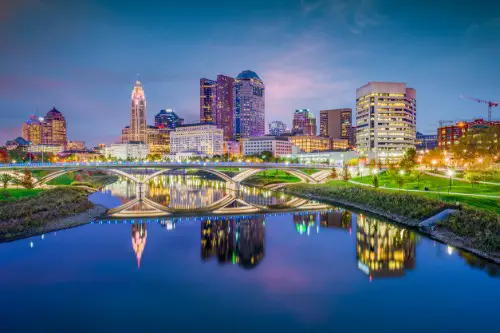
Columbus has quietly become one of the Midwest’s hottest cities, and its neighborhoods are changing fast as a result, according to Ohio.gov. Areas like Franklinton and the Short North are experiencing a resurgence thanks to investment in arts, tech, and education. The rise of startups and creative industries in Columbus has helped revitalize these neighborhoods, which are now attracting younger generations. The presence of Ohio State University also gives the city a youthful, energetic vibe.
Columbus has managed to build a unique identity around innovation, particularly in the tech and automotive sectors. Local breweries, art galleries, and new restaurant concepts are popping up in formerly industrial areas. However, with rapid growth comes challenges, including the potential displacement of longtime residents. The city is working hard to balance its evolving economy while ensuring inclusivity for all communities.
7. Miami, Florida
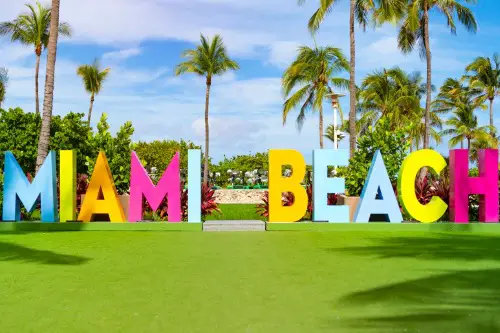
Miami’s rapid transformation is not new, but certain neighborhoods are experiencing unprecedented growth and change. Little Haiti, in particular, is seeing the effects of gentrification, with property values increasing as the area becomes more desirable. As young professionals and investors flock to the neighborhood, the cultural fabric of Little Haiti is at risk of being overshadowed by new development. However, local businesses and cultural organizations are fighting to maintain the neighborhood’s unique Haitian influence.
The transformation of other areas, like Wynwood, has been a double-edged sword for Miami. While the arts district has become a vibrant hub of creativity, it’s also led to rising costs for local artists and small business owners. Miami is embracing change, but as neighborhoods shift, it’s crucial that the diverse communities within them have a voice in the conversation. Still, the city’s evolving landscape makes it one of the most dynamic places in the country.
8. San Francisco, California
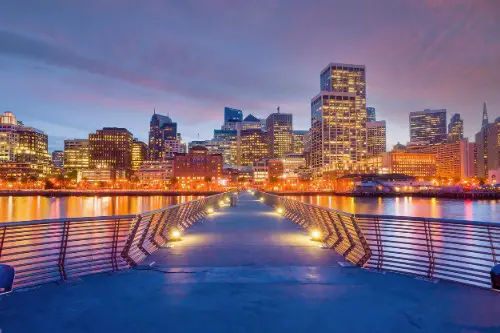
San Francisco has long been a tech-driven city, but the effects of the industry on its neighborhoods are more pronounced than ever. Neighborhoods like the Mission District and Bayview-Hunters Point are grappling with gentrification, as housing prices soar. With the tech boom bringing in more high-paying professionals, long-time residents, particularly communities of color, are being pushed out. Local activism is fighting to preserve affordable housing and ensure that the diversity of the city is maintained.
At the same time, neighborhoods like SoMa and the Tenderloin are seeing improvements in infrastructure and safety. New tech campuses and community projects are helping to revitalize older areas of the city. The challenge, however, lies in balancing growth with inclusivity. While San Francisco’s economy booms, it’s crucial that solutions to housing and affordability are prioritized to maintain the city’s unique character.
9. Nashville, Tennessee

Nashville, often called “Music City,” has always had an evolving identity, but it’s undergoing a dramatic transformation now. Areas like Germantown and East Nashville are experiencing rapid development as more people flock to the city for its job market and cultural appeal. The construction of new condos and apartments is reshaping once residential neighborhoods, turning them into urban hubs. As the city grows, Nashville’s music scene continues to thrive, drawing tourists and industry professionals alike.
However, this growth is not without its growing pains. Longtime residents in historically black neighborhoods like North Nashville are facing rising rents and displacement. Community leaders are working to preserve affordable housing while also welcoming new investments into the city. It’s a delicate balance, but Nashville is poised to continue its evolution as a southern powerhouse.
10. Seattle, Washington
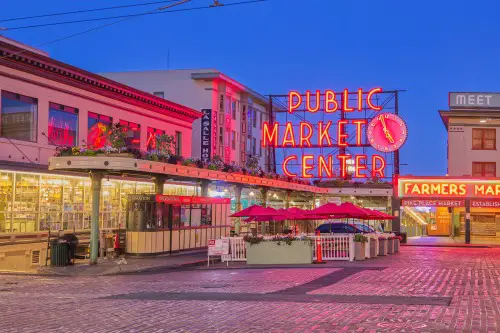
Seattle has long been a hub for tech, but the city’s rapid gentrification is changing its neighborhoods in noticeable ways. Areas like Ballard and Capitol Hill are being transformed as large companies like Amazon and Microsoft bring in new residents with deep pockets. The influx of wealth is raising housing prices and making it more difficult for original residents to stay. However, there’s a push from local officials to build more affordable housing and preserve the city’s diversity.
With tech giants pushing development forward, Seattle is also experiencing a burst of cultural growth. New businesses, art galleries, and tech startups are popping up, creating a lively and progressive atmosphere. Still, Seattle is grappling with the question of how to make sure that the expansion doesn’t come at the expense of its longstanding residents. The city’s changes are far from over, and how it navigates this growth will define its future.
11. Denver, Colorado
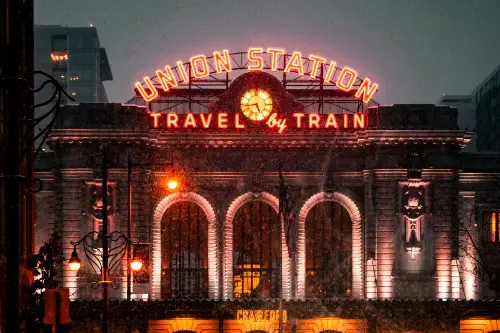
Denver’s once-quiet neighborhoods are quickly transforming into thriving urban hubs, thanks to the city’s expanding job market. Areas like RiNo (River North Art District) are seeing a dramatic shift as new condos, offices, and breweries replace old warehouses. Denver’s tech scene is gaining traction, attracting young professionals who are eager to enjoy the city’s outdoor lifestyle while working in cutting-edge industries. The arts scene is also booming, with new galleries and public murals giving neighborhoods a fresh vibe.
While development is welcome, the rising cost of living is becoming an issue for those who have lived in Denver for years. Locals are worried about displacement, especially in neighborhoods like Five Points, historically a black community. The city is looking to balance progress with affordability by implementing policies that protect renters and homeowners alike. Denver’s transformation is exciting, but it’s important that it remains an inclusive place for all.
12. Philadelphia, Pennsylvania
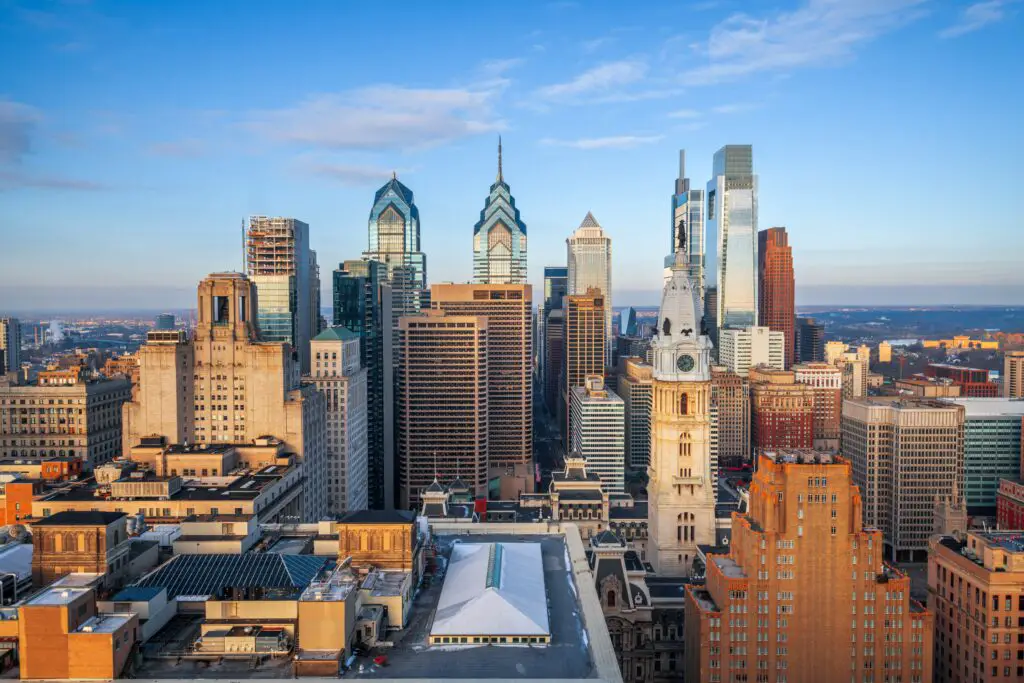
Philadelphia, one of the oldest cities in America, is now seeing some of its neighborhoods undergo significant change. Areas like Fishtown and Northern Liberties, once gritty, are now buzzing with new bars, restaurants, and boutique shops. The city’s revitalization is largely driven by its growing tech and healthcare sectors, which are attracting young professionals. Additionally, creative industries and a focus on improving public spaces are helping redefine what Philly looks like.
However, the city faces challenges in ensuring that these changes benefit everyone. As new developments sprout up, the issue of gentrification is front and center, especially in communities that have long been home to working-class families. But Philadelphia is committed to maintaining its cultural roots while welcoming the future. The city’s next chapter is still being written, but it’s clear that it’s one full of promise.
13. Portland, Oregon
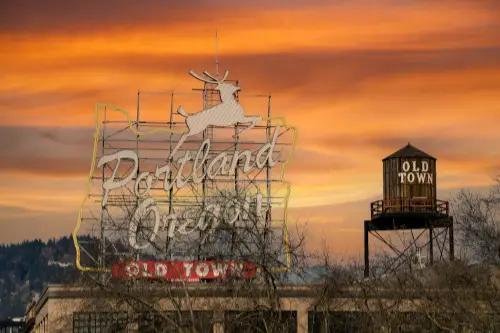
Portland has been known for its progressive values and quirky vibe, but now, neighborhoods like the Pearl District and Albina are changing faster than anyone expected. As the tech industry takes off in Portland, younger, tech-savvy residents are moving into the city, bringing with them an influx of money and new ideas. The city’s booming craft beer and food scenes are attracting new business owners and entrepreneurs. With this growth, there’s a palpable shift in the city’s culture toward a more cosmopolitan, high-tech image.
But Portland’s transformation hasn’t been without tension. Gentrification is forcing some longtime residents to move out, particularly in historically black neighborhoods like Albina. While new developments are creating jobs, there’s a concerted effort to ensure the benefits of progress are shared by all. Portland is at a crossroads, and how it handles its next phase of growth will shape its future.
14. Chicago, Illinois
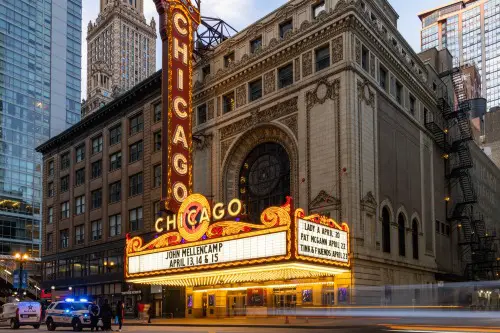
Chicago’s neighborhoods are seeing dramatic shifts, particularly in areas like Logan Square and the West Loop. Gentrification is taking hold in many parts of the city, as younger residents and investors flock to previously overlooked areas. Chicago’s rapid growth is fueled by its booming tech industry, real estate development, and an influx of young professionals seeking both culture and career opportunities. As these neighborhoods attract new residents, the city is focusing on revitalizing its infrastructure to accommodate the changes.
However, the rapid pace of development comes with challenges, including rising property values and a concern for displacement. Areas like Pilsen, home to a large Mexican-American population, are at risk of losing their identity. The city is working to preserve affordable housing and local culture while embracing its growth. Chicago’s future will depend on how well it can balance development with maintaining the diverse communities that make it unique.


